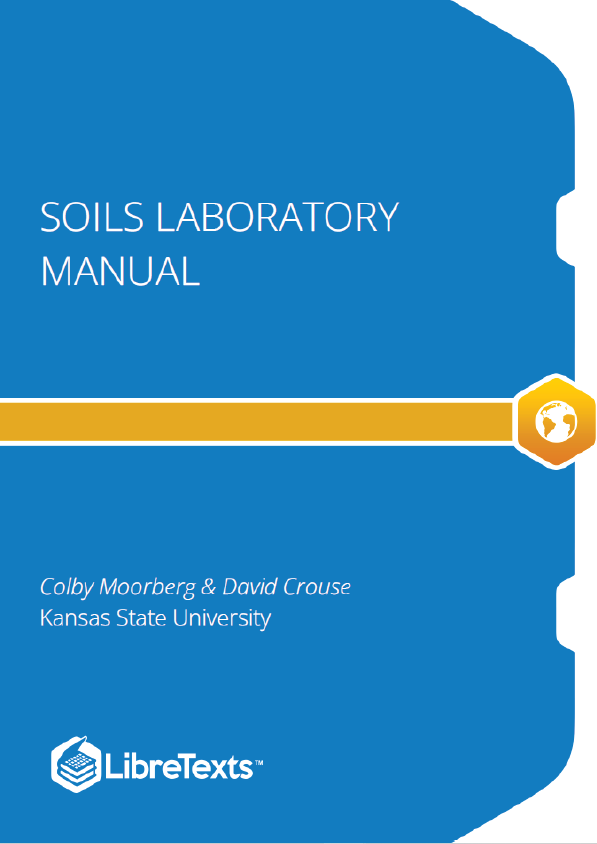Soils are incredibly diverse in their appearance, form, function, and use throughout the globe. A fundamental understanding of soil formation allows us to more appropriately manage those soil resources. For example, the Flint Hills that surround Manhattan, Kansas encompass some of the last remaining tallgrass prairie in the U.S., primarily due to the soil. The rocky outcroppings, steep slopes, and boulder-ridden soil profiles make tillage of the soils for row crop production nearly impossible. However, the landscape lends itself well to grazing, allowing the region to be managed as rangeland instead of wheat fields. However, at a finer scale, land uses other than rangeland do exist in the region; and soil mapping allows us to identify those soils suitable for such land uses. The concepts of soil formation covered in this lab provide the basis for soil mapping, which is covered in more detail in Soil Classification and Mapping.
Materials
- Mineral collection (Item #GEO2194, Carolina Biological Supply Company, Burlington, North Carolina, U.S.)
- Igneous, metamorphic, and sedimentary rock collections (Item # GEO115, Carolina Biological Supply Company, Burlington, North Carolina, U.S.)
- Rock cycle chart (Item #GEO8658, Carolina Biological Supply Company, Burlington, North Carolina, U.S.)
- Generalized Geologic Map of Kansas (Kansas Geological Survey, Lawrence, Kansas, U.S.) Parent material collection (Various sources and peer instructors from around the U.S.)
- Soil monoliths (Colby, Ulysses, Tivoli, Cherokee, and Kenoma soil series)
Minerals
Minerals are naturally occurring inorganic substances with characteristic composition and physical properties. Based on their origin, minerals are classified as primary or secondary. Primary minerals form during cooling and solidification of the original molten material of the earth’s crust. Secondary minerals form from the decomposition products of primary minerals.
Rocks
Rocks are combinations of two or more minerals. The three major groups of rocks are igneous, sedimentary, and metamorphic. Igneous rocks form as molten mineral matter cools and solidifies. They are the most abundant group of rocks in the earth’s crust. Sedimentary rocks originate from weathering of igneous rocks. Sedimentary rocks are the most abundant rock type on the earth’s surface. Metamorphic rocks form when igneous or sedimentary rocks are modified by heat and/or pressure.
Igneous rocks
Types of igneous rocks, their mineral composition, and texture (grain size) are shown in Figure 3.1. The vertical arrangement of rocks in the figure is based on texture, from coarse to fine. The texture is dictated by the rate of cooling of the molten magma from which the rocks form. When the magma cools slowly, far below the earth’s surface, sufficient time is available for relatively large mineral crystals to form. In contrast, when magma cools rapidly at the earth’s surface, minimal time is available for crystallization, and the crystals are small. Thus, rocks forming deep within the earth (intrusive rocks like granite) are coarse textured, while rocks forming at the surface (extrusive rocks like obsidian) are fine.











